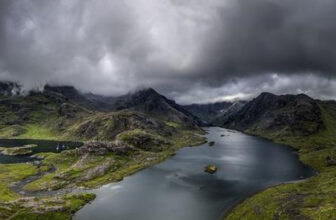Mastering Architectural Photography: Pro Tips for Stunning Shots
GoogleAds
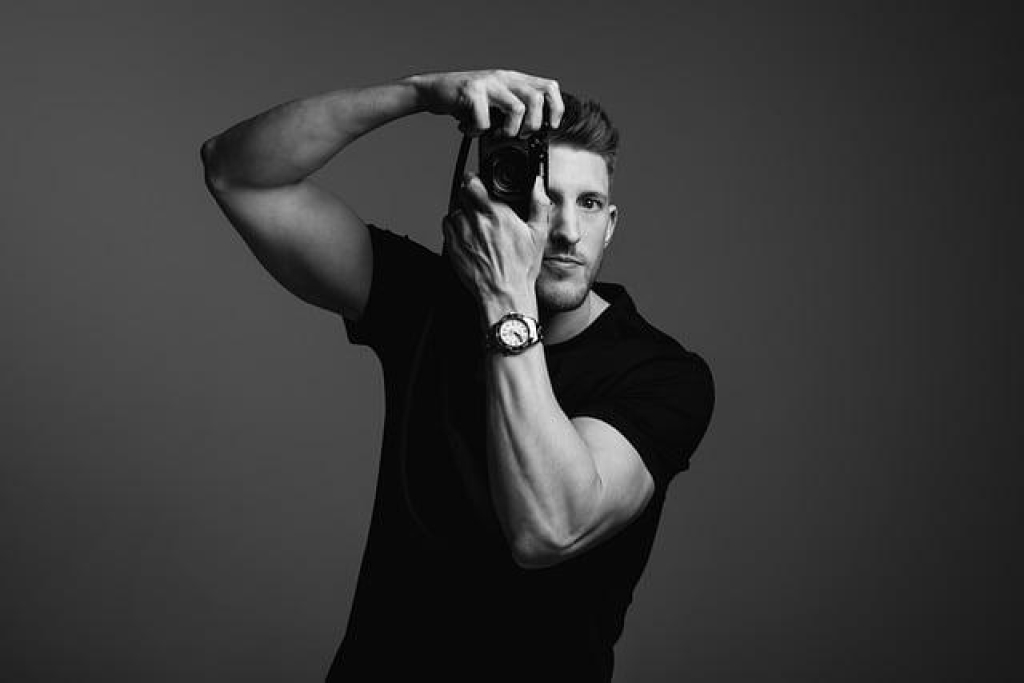
Architectural photography is a fascinating art form that allows us to capture the intricate details and grandeur of buildings in all their glory. Whether you’re an aspiring photographer or a seasoned pro looking to improve your skills, mastering the art of architectural photography is a must. In this article, we’ll explore some pro tips and tricks for capturing stunning shots of buildings that will elevate your photography game to the next level.
Introduction
Architectural photography is a captivating art form that requires a keen eye for detail and a deep appreciation for design. Whether you’re shooting towering skyscrapers or quaint historic buildings, mastering this craft can lead to stunning shots that showcase the beauty and essence of architectural marvels.
One of the key elements in architectural photography is composition. Pay attention to lines, shapes, and patterns within the frame to create a visually appealing image. Utilize leading lines to draw the viewer’s eye towards the focal point of the building. Experiment with different angles and perspectives to find the most interesting composition.
Lighting plays a crucial role in capturing the essence of a building. Pay attention to the direction and quality of light when shooting. Golden hour, early morning, and late afternoon are ideal times for capturing warm, soft light that can enhance the beauty of the architecture. Consider using a tripod for long exposure shots or if you need to capture multiple exposures for blending later.
Another important aspect of architectural photography is post-processing. Use editing software to enhance colors, contrast, and sharpness of the image. Consider using techniques like HDR blending to capture the full dynamic range of the scene. Remember to maintain the integrity of the architecture while enhancing the overall aesthetics of the image.
Mastering architectural photography takes time, practice, and patience. Keep exploring different locations, studying the work of other photographers, and experimenting with new techniques. With dedication and passion, you can capture stunning shots that truly showcase the beauty and grandeur of architectural masterpieces.

Understanding Lighting Techniques for Architectural Photography
When it comes to capturing stunning architectural photography, mastering lighting techniques is essential. Proper lighting can make or break a shot, highlighting the beauty and details of a building while creating a mood and atmosphere. Understanding how to manipulate light effectively is key to creating captivating architectural images that stand out.
One important lighting technique to master is golden hour photography. Shooting during the golden hour, just after sunrise or before sunset, provides a soft, warm light that can add depth and dimension to your photographs. The angle of the light during these times can also create interesting shadows and highlights, enhancing the architectural elements in your shots.
Utilizing natural light is another key technique in architectural photography. By shooting during the day when the sun is out, you can take advantage of the natural light sources available. Positioning yourself and your camera to capture the light in a way that illuminates the building’s features can result in dynamic and visually appealing images.
For photographers looking to add drama and flair to their architectural shots, artificial lighting can be a game-changer. Using artificial lights such as strobes, speedlights, or continuous lighting can help highlight specific areas of a building, create visual interest, and bring out textures and details that may not be as apparent in natural light.
Experimenting with light painting can also yield striking results in architectural photography. By using a flashlight or other light source to selectively illuminate parts of a building while shooting with a long exposure, you can create unique and artistic images that emphasize certain aspects of the architecture and add a sense of movement to your photographs.
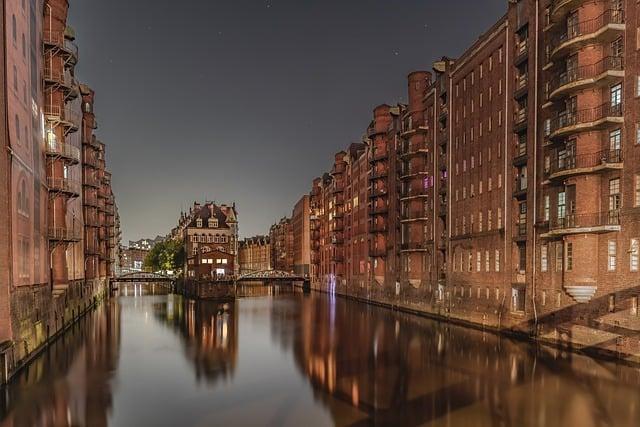
Choosing the Right Lenses for Architectural Photography
When it comes to capturing the beauty and grandeur of architectural marvels through photography, choosing the right lenses is crucial. The perfect lens can make all the difference in showcasing the intricate details and unique characteristics of a building. Here are some pro tips to help you select the best lenses for your architectural photography:
Wide-Angle Lens: A wide-angle lens is a must-have for architectural photography as it allows you to capture the entire building in one shot. This lens is perfect for shooting large structures and interiors where space is limited. It helps to create a sense of scale and perspective, making the building appear larger and more impressive.
Tilt-Shift Lens: A tilt-shift lens is ideal for correcting perspective distortion and keeping lines straight in architectural photography. This lens allows you to control the plane of focus, creating sharp details throughout the image. It is perfect for capturing tall buildings without the distortion that often occurs with regular lenses.
Prime Lens: While zoom lenses are versatile, prime lenses are known for their sharpness and image quality. A prime lens with a wide aperture can create stunning images with beautiful background blur, making the architectural details stand out. Consider investing in a high-quality prime lens for your architectural photography.
Macro Lens: For capturing intricate details and textures of architectural elements, a macro lens is essential. This lens allows you to get up close and personal with the fine details of a building, revealing textures and patterns that might go unnoticed with other lenses. It is perfect for highlighting the craftsmanship and design of a structure.

Composition Techniques for Stunning Architectural Shots
When it comes to capturing stunning architectural shots, having a solid understanding of composition techniques is crucial. By implementing the right composition techniques, you can elevate your photos from ordinary to extraordinary. Here are some pro tips to help you master architectural photography:
1. Use Leading Lines: Leading lines are a powerful compositional tool that can guide the viewer’s eye through the image. Look for natural or man-made lines in the architecture, such as roads, buildings, or bridges, and use them to create a sense of depth and dimension in your photos.
2. Pay Attention to Symmetry: Symmetry can add a sense of balance and harmony to your architectural shots. Look for buildings with symmetrical designs, or use techniques like reflection or mirroring to create symmetrical compositions.
3. Experiment with Perspective: Changing your perspective can drastically alter the mood and impact of your architectural photos. Try shooting from high or low angles, or get creative with unconventional viewpoints to capture unique and dynamic images.
| Tip: | Explore different angles by using a drone for aerial shots. |
4. Play with Light and Shadow: Light and shadow can make or break an architectural shot. Pay attention to the quality and direction of light, and how it interacts with the architectural elements. Experiment with shooting during different times of day to achieve dramatic lighting effects.
5. Focus on Details: Don’t forget to capture the smaller details that make the architecture unique. Whether it’s intricate carvings, patterns, or textures, zoom in on these details to add visual interest and depth to your photos.
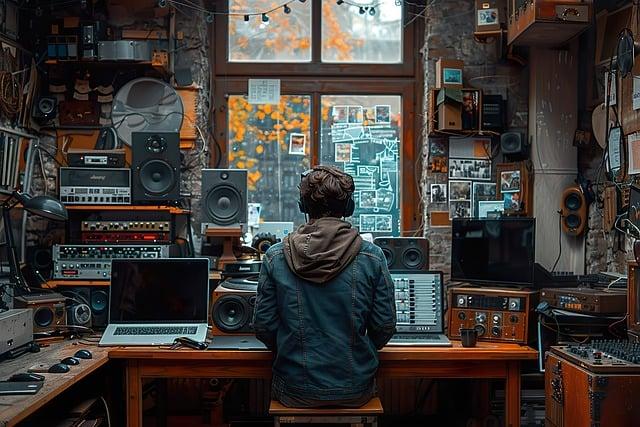
Tips for Editing Architectural Photographs
When it comes to mastering architectural photography, the editing process is just as crucial as capturing the perfect shot. Enhancing your architectural photographs through editing can take them from good to stunning. Here are some pro tips to help you elevate your architectural photography game:
1. Pay Attention to Composition
Before diving into the editing process, make sure your composition is on point. Straighten any crooked lines, adjust the framing, and ensure the symmetry is pleasing to the eye. A well-composed photograph will require less editing to look stunning.
2. Enhance Lighting and Contrast
Lighting plays a crucial role in architectural photography. During the editing process, make sure to enhance the lighting to highlight the architectural details. Adjust the contrast to make the shadows pop and add depth to the image.
3. Correct Perspective Distortions
Architectural photographs can often suffer from perspective distortions, especially when shooting with wide-angle lenses. Use editing tools to correct any distortions and ensure the lines are straight and true to the building’s design.
4. Remove Distractions
Clutter or unwanted elements in your architectural photographs can detract from the overall composition. Use editing tools to remove any distractions and create a clean, polished look. Remember, less is often more in architectural photography.
5. Fine-Tune Colors and Saturation
Adjusting the colors and saturation levels can significantly impact the mood and feel of your architectural photographs. Experiment with different color schemes to evoke the desired emotions and enhance the overall aesthetics of the image.
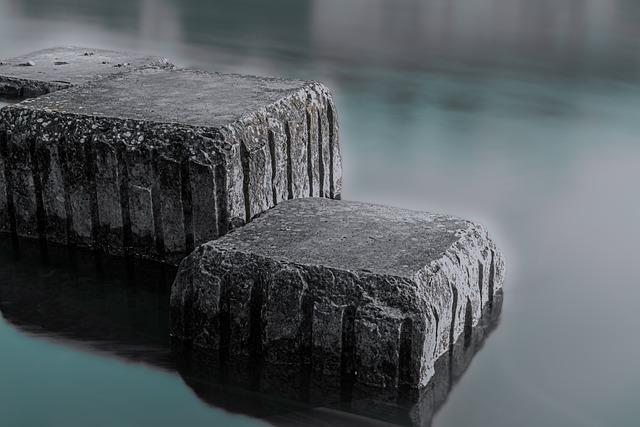
Utilizing Natural Elements for Captivating Architectural Photography
Utilizing natural elements in architectural photography can elevate your shots to the next level, adding depth, texture, and a sense of connection to the environment. Whether you’re capturing a modern skyscraper or a historic landmark, incorporating elements such as water, foliage, sunlight, and shadows can create stunning visual effects that draw the viewer in.
One key tip for using natural elements in architectural photography is to pay attention to the light. The way sunlight plays off a building’s surfaces can create dynamic shadows and highlights that add dimension and drama to your photos. Experiment with shooting at different times of day to capture the most captivating light effects, such as the golden hour or the magical glow of twilight.
Water features are another powerful natural element to include in your architectural photography. Reflections on a calm pond or the dynamic movement of a waterfall can add a sense of serenity or motion to your shots. Be sure to position yourself carefully to make the most of these water elements, using them to frame your subject or create interesting compositions.
Foliage, whether in the form of trees, flowers, or lush greenery, can provide a beautiful contrast to the hard lines and surfaces of a building. Consider using foliage to frame your shot or as a foreground element to add depth and visual interest. The vibrant colors and textures of plants can bring a sense of life and vitality to your architectural photography.
When incorporating natural elements into your architectural photography, don’t be afraid to get creative. Experiment with different angles, compositions, and perspectives to find the most captivating shots. Remember, the goal is to create images that not only showcase the architecture itself but also tell a story and evoke an emotional response from the viewer. By mastering the art of using natural elements in your architectural photography, you can take your shots to the next level and create truly stunning images.
Mastering Photo Gear and Equipment for Architectural Photography
When it comes to architectural photography, having the right gear and equipment is essential for capturing stunning shots that showcase the beauty and detail of buildings. To master this genre of photography, it’s important to invest in quality tools that will help you achieve professional results.
One of the most important pieces of equipment for architectural photography is a sturdy tripod. This will help you achieve sharp, clear images, especially in low light conditions. Look for a tripod that is lightweight, yet durable enough to support your camera and lens.
Another key tool for architectural photography is a wide-angle lens. This type of lens will allow you to capture the entire building in one frame, highlighting its grandeur and architectural details. Consider investing in a lens with a focal length between 14mm and 24mm for best results.
In addition to a sturdy tripod and wide-angle lens, it’s important to have a remote shutter release. This will help you avoid camera shake when taking long exposure shots, ensuring sharp images. A remote shutter release is also handy for shooting in bulb mode, allowing you to control the duration of the exposure.
Lastly, don’t forget to bring along a lens cleaning kit to keep your gear in top condition. Dust and smudges can easily ruin a shot, so it’s important to regularly clean your lens and camera sensor. A basic kit with lens cleaning solution, microfiber cloths, and a blower brush will help you keep your gear in perfect condition.
Q&A
Q: What are some essential tips for capturing stunning architectural photographs?
A: To capture stunning architectural photographs, it is important to pay attention to light, angles, and composition. Utilize natural light whenever possible and experiment with different angles to highlight unique features of the building. Additionally, consider framing your shots thoughtfully to create a visually appealing composition.
Q: How can photographers enhance their images through post-processing?
A: Post-processing can greatly enhance architectural photographs by improving lighting, adjusting colors, and sharpening details. Tools like Adobe Lightroom and Photoshop offer a range of editing options to bring out the best in your shots. It is important to use these tools judiciously and not over-edit to maintain the integrity of the original image.
Q: What equipment is essential for capturing architectural photographs?
A: A sturdy tripod is essential for capturing sharp, steady shots of buildings, especially in low light situations. Wide-angle lenses are also popular among architectural photographers for capturing large structures in tight spaces. Additionally, a remote shutter release can help reduce camera shake and ensure crisp images.
Q: How can photographers find unique perspectives when shooting architecture?
A: To find unique perspectives when shooting architecture, try exploring different vantage points such as rooftops, balconies, or nearby buildings. Experiment with different focal lengths and compositions to create interesting and dynamic shots. Additionally, consider shooting during different times of day to capture the building in different lighting conditions.
To Conclude
In conclusion, mastering architectural photography requires a keen eye, attention to detail, and technical expertise. By following these pro tips, you can elevate your skills and capture stunning shots that showcase the beauty and intricacies of architectural design. With practice and dedication, you can become a master of this unique art form. So grab your camera, explore your surroundings, and start capturing the world through a new lens. Happy shooting!
GoogleAds






